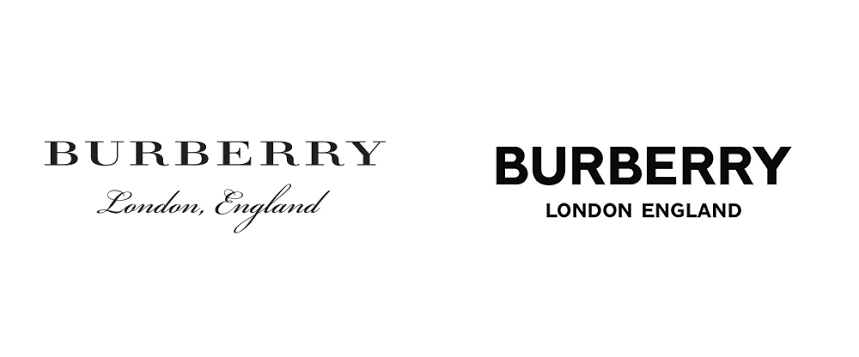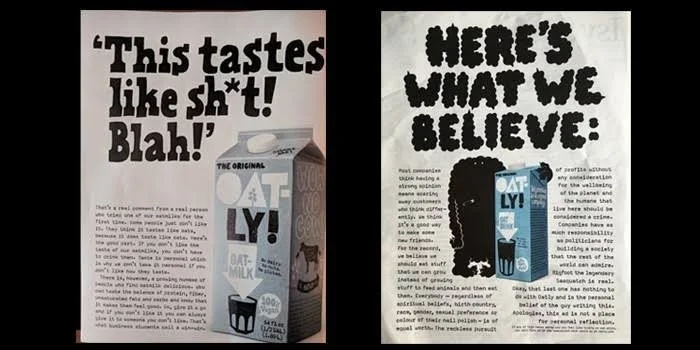Design That Sells: The Invisible Advantage Behind the World’s Best Brands
What If Your Brand’s Success Hinged on Design?
Imagine walking into a store, scrolling through social media, or browsing a website. In a split second, you decide whether to stay or move on. But why? It’s not just the product or the words—it’s the design. The colors, the structure, the typography, the feel. It’s subconscious, yet powerful. It’s what separates brands that thrive from those that fade into the background.
Now, take a moment. Look at your brand. Is it whispering… or making a statement? Let’s break down how some of the world’s most iconic brands have used design to dominate their industries—and why you need to rethink yours.
1. The Logo That Changed Everything
Let’s rewind to the early 2010s. Burberry, once a luxury powerhouse, had become… outdated. Its signature check pattern was being mass-replicated, and the brand lost its exclusivity. It needed a reinvention. So, in 2018, it stripped away the old and embraced a new, bold, sans-serif logo designed by Peter Saville. The result? A fresh, modern identity that signaled Burberry’s evolution into a contemporary luxury brand. Sales surged. A younger audience flocked in. One simple logo shift—and the perception of Burberry changed overnight.
Please think 🤔 What does your logo say about your brand? Outdated? Confusing? Forgettable?
2. Web & UX Design: The Click That Converts
What happens when someone lands on your website? Do they stay, explore, and buy—or do they leave within seconds? In today’s digital world, bad design costs sales.
Take Glossier—a beauty brand that built a $1.2 billion empire on one key insight: shopping should feel like a conversation, not a transaction. Their website is an experience—soft pastel aesthetics, intuitive navigation, product pages that feel personal, and social proof embedded everywhere. It doesn’t just sell makeup; it sells a lifestyle. And it works.
Please think 🤔 If your website isn’t engaging, it’s losing you money. How many customers are you missing out on?
3. Advertising That Stopped the World
Ever heard of an ad so simple, yet so effective, it became legendary? Apple’s iPod Silhouettes campaign did just that. No clutter, no product specs—just black silhouettes dancing against vibrant backgrounds with stark white earbuds. It was sleek. It was playful. It made you want to be part of it.
The result? Over 100 million iPods sold.
PLEASE THINK: 🤔 If your ads aren’t making people feel something, they won’t remember you. Are your designs working for you—or against you?
4. Packaging: The Silent Salesman
Think about the last time a product caught your eye. You didn’t know the brand, but something about it just felt right. That’s packaging design at work.
Case in point: Tony’s Chocolonely. At first glance, it’s just a bright, chunky chocolate bar. But the unevenly divided pieces? They represent the unfair distribution of wealth in the chocolate industry. The bold, disruptive design doesn’t just make Tony’s stand out—it makes people talk. Today, it’s a global brand with a cult following.
PLEASE THINK 🤔 Your packaging isn’t just a wrapper—it’s your first impression. What’s yours saying?
5. Social Media Design: Where Engagement Becomes Obsession
A brand’s Instagram feed is its modern-day storefront. If it’s cluttered, inconsistent, or forgettable—so is your brand. But done right? It turns customers into loyal fans.
Look at Oatly, the oat milk brand that made milk cool. They didn’t just slap a logo on their cartons; they crafted an entire visual personality—quirky, hand-drawn typography and a “we don’t care” aesthetic that actually made people care. The result? A viral sensation and a multi-billion-dollar valuation.
PLEASE THINK 🤔 Is your social media design making people stop, scroll, and engage—or just blend into the noise?
Your Brand’s Design Is Either an Asset… or a Liability.
The truth is, design isn’t just about looking good. It’s about being remembered, being trusted, and ultimately, being chosen. Every element—your logo, website, ads, packaging, and social presence—works together to build a brand that people believe in.
So, ask yourself: Is your brand designed for success, or is it getting lost in the crowd?
Because in the world of business, the best-designed brands don’t just survive. They dominate.




